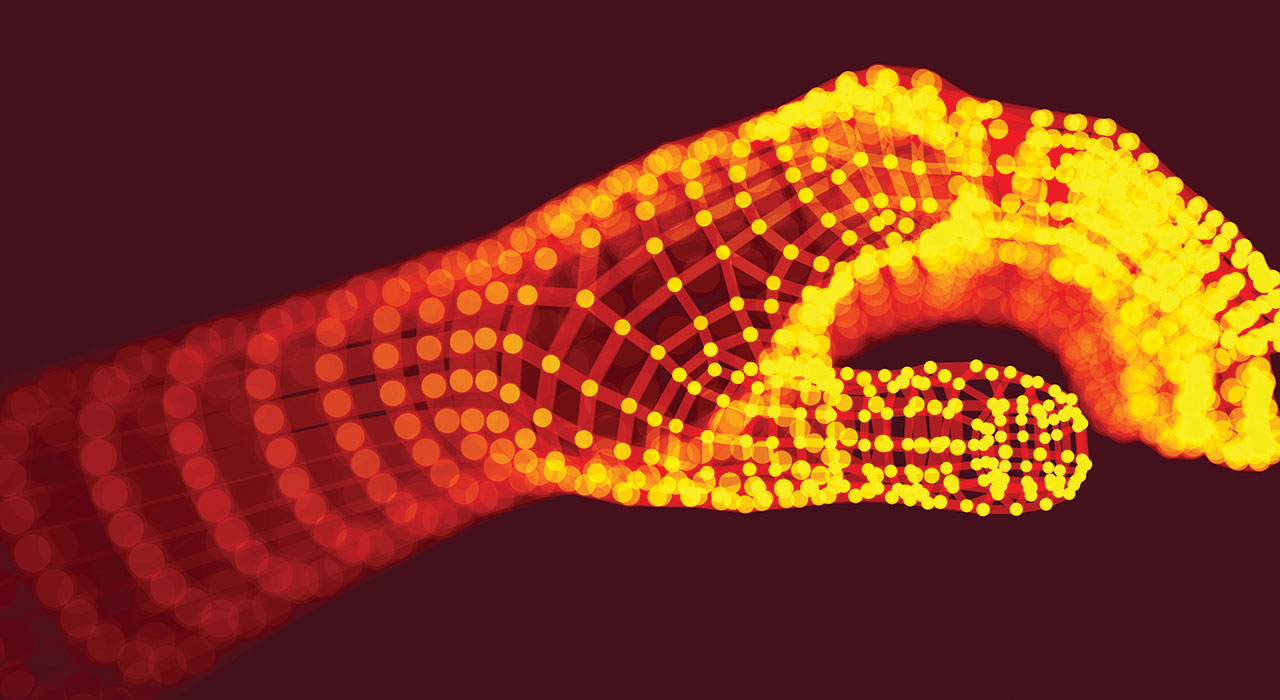If you are involved in any way with lifting weights, you will almost certainly at some point experience wrist pain. Don’t reach for the fancy gloves just yet though, because here’s how you can naturally overcome this niggle
Whether you clean and jerk 100 or 400lb, it’s a whole lot of strain to expect a fleshy area the thickness of two iPhones to handle. You wouldn’t expect a piece of equally sized timber or iron to withstand the same forces and loads that you pummel your wrists with during an average weight lifting session. Your wrists are complex structures made up of bones, tendons, ligament and tiny muscles that are heavily taxed anytime you hold a weight. For the most part, strength training only serves to make them stronger, but…
The wrist pain inception point
There are two types of wrist pain you’re most likely to suffer: sprains and strains. A wrist strain is caused by a tear in the muscle fibers as a result of bad form or repetitive movements – usually occurring when punching rep after rep of bench presses or any other similar movement. A weak wrist when put under load can easily strain, so be careful and make sure to work on wrist and grip strength. The second pain would be a wrist sprain. This is an injury to the ligament and is commonly caused by a sharp and sudden force to the wrist, like falling over.
The next gen pain
With sprains and strains there is damage to the soft tissue around the wrist, hand and fingers. This can be painful to touch and may develop swelling or bruising. A sprain is more serious as this also includes tendon or ligament damage, which is a much harder piece of connective tissue. Sprains therefore can take a little longer to recover and repair.
Moves that heal and those that hurt
By avoiding straight bar movements for triceps and biceps, such as straight bar bicep curls or overhead barbell tricep extensions, you’ll help decrease your likelihood of wrist pain. Fortunately, by using an EZ bar for these kinds of moves you’ll be able to mimic the natural curve of your hand, reducing the pressure on the wrist. There are a number of exercises to help strengthen your grip and wrist, which will in turn reduce the chance of wrist pain. First on this list are kettlebells because they offer particularly useful movement patterns such as swings and presses to help strengthen your wrist. Other exercises such as barbell or dumbbell wrist curls and extensions will also help to give you more wrist and forearm strength that’ll reduce your likelihood of injury. Try doing 3 sets of 10-15 reps using a slow tempo to get the best results. In order to strengthen your grip, the best exercise is unquestionably deadlifting (without the use of lifting straps You will certainly notice the increase in strength as you’ll be able to pull more weight off the ground through the movement.
The ganglion cysts connection
Unfortunately, there is no known cause of ganglion cysts, although there are two theories. The first is that as trauma occurs in the tissue of the wrist joint, small cysts form that then join into much larger and visible masses. The second is that there is a flaw within the joint capsule or tendon sheath that then causes the joint tissue to bulge out. With these two theories in mind, it is certainly important to keep an eye on continuous wrist damage due to weakness. Make sure you build up that grip and wrist strength and utilise a healthy diet that supports recovery.
Nil pain by mouth
Make sure your nutrition plan has plenty of proteins and fats which will aid recovery of the small muscle fibers in the wrist and hand. It may also be useful to supplement with collagen. Your tendons and ligaments are predominantly made of collagen therefore supplementing will help to restore your supply and strengthen weak areas. It may also be worth considering a joint support supplement with glucosamine, MSM and chondroitin, though the jury is still out about the level of effectiveness each supplement will yield.
Luckily, you can eat away your pain using anti-inflammatory foods such as these:
1. Vegetables (the leafier and greener the better) and berries. The antioxidants help inflammation. Berries are also packed with the vitamin C that rebuilds collagen.
2. High-potassium (avocado, spinach, sweet potato) and magnesium (almond, pumpkin seeds, cashew nuts) food sources. Potassium helps to speed healing while magnesium is important for muscle recovery and rest.
3. Bone broth. This is a natural source of collagen, which helps heal tendons and ligaments.
EXPERT: Andy Ward is a sport scientist, an Anatomy in Motion practitioner and trainer (awpt.co.uk)







